
Top 10 Elon Musk Productivity Secrets for Insane Success
I read Elon Musk: Tesla, SpaceX, and the Quest for a Fantastic Future over the summer. It’s a fantastic read and a detailed account of the ups and downs of one of the biggest visionaries of our time.
It also gives you a sneak peek into Musk’s work ethic and productivity secretshe uses to run multiple companies.
Now, Elon Musk is a smarter than average individual with an enormous ambition and drive. But I think that us–mere mortals–can incorporate some of his productivity secrets into our daily lives.
Here are the top 10 productivity secrets of Elon Musk and how you can apply them:
#1 Start the Day with Critical Work
As the CEO of three companies — Tesla, SpaceX, and Neuralink — Elon Musk has a lot of things to stay on top on a day to day basis.
That’s why he starts his day with his most critical work. For Musk, this meansdealing with important emails that he needs to address in order to unblock other people’s work and progress.
He typically starts the day at 7 a.m. and replies to critical emails for at least half an hour. Musk is careful to filter anything that is not deemed critical, focusing on only the most important items.
In his own words at the USC Commencement Speech:
“Focus on signal over noise. Don’t waste time on stuff that doesn’t actually make things better.”
Apply This Productivity Secret
Find your most important task (MIT) for the day and tackle it first. Your MIT should be the one thing that creates the most impact on your work.
For example:
My most important task is writing awesome content. That’s why I always start the day with by sitting down and writing. I won’t move on to the next task before writing at least 1000 words.
What’s your most important task? Use the 80/20 rule to help you figure it out and get in the habit of doing it before moving to anything else.
#2 Use Feedback Loops
Musk has a very tight schedule, often working at different locations on any given day. That’s why he’s constantly trying to optimize his time.
While admitting he hadn’t read any books on time management, Musk shared some insightful advice on how to become better:
“I think it’s very important to have a feedback loop, where you’re constantly thinking about what you’ve done and how you could be doing it better. I think that’s the single best piece of advice: constantly think about how you could be doing things better and questioning yourself.”
Musk incorporates not only his own feedback but also of others: he urges entrepreneurs to seek preferably negative feedback. While it might be hurtful at first, you normally end up getting a lot more out it.
He also focuses on hiring the best people in any field that can provide consistent and truthful feedback.
Shortening the feedback loops lead to increased efficiency, faster implementation, and a better-finished product.
Apply This Productivity Secret
The great thing about this particular Elon Musk productivity secret is that it works for both your professional and personal life.
Gather your team and solicit feedback about a particular product, feature, management style, business process, or anything that you are currently trying to improve.
“Don’t tell me what you like, tell me what you don’t like.”
You can do the same exercise with friends. And while the negative feedback may be wrong, you know they are simply trying to help you and it’s well-intentioned.
#3 Reason from First Principles
A first principle is a basic assumption that can’t be deduced from any other proposition. It’s the only sure thing in a complex problem.
Musk reasons from first principles, rather than by analogy (such as previous experiences). This way you build your reasoning from the ground up:
“You look at the fundamentals and construct your reasoning from that and then see if you have a conclusion that works or doesn’t work. And it may or may not be different from what people have done in the past. It’s harder to think that way, though.”
Here’s an example of first principles reasoning, from Musk himself: “What is a rocket made of? Aerospace-grade aluminum alloys, plus some titanium, copper, and carbon fiber. Then I asked, what is the value of those materials on the commodity market? It turned out that the materials cost of a rocket was around two percent of the typical price.”
Instead of buying a rocket for millions of dollars, Musk decided to purchase the raw materials for cheap and build the rockets himself in his own own company.
And SpaceX was born.
Apply This Productivity Secret
Reasoning from first principles forces you to think differently. First Principles is about getting to the root cause of the problem. You have to break down the problem into its basic elements.
There are three main steps to apply this thinking framework:
- Identify and define current assumptions: when faced with a problem, write down your current assumptions about it
- Break it down into the fundamental principles: find the most basic truths or elements of the problem. Is Musk’s words: “Boil things down to the most fundamental truths and say ‘okay, what are we sure is true’…and then reason up from there.”
- Create new solutions: if you deconstructed the problem following the first two steps, you are now ready to create new solutions from scratch
If you want a deeper look into Musk’s mind and reasoning by first principles, read one of my all-time favorite articles: The Cook and the Chef: Musk’s Secret Sauce.
#4 Use Asynchronous Communication
The first productivity hack gave you a slight hint for this one: Musk prefers to communicate on his own terms. That means defaulting to email and texts, both asynchronous ways of communication.
In his own words:
“I do love email. Wherever possible I try to communicate asynchronously. I’m really good at email.”
He also makes himself hard to reach for people outside his company by using an obscure email address.
This lets him focus on actual work for his companies.
Apply This Productivity Secret
Progress comes from being focused and performing Deep Work. This means living as asynchronously as possible and with minimal interruptions from coworkers.
Here are three solutions to start working on your terms (in order of difficulty):
- Turn off notifications: shut all notifications down on your phone, computer, and any other gadgets you use. If it’s truly important, people will call
- Decline meetings: don’t agree to a meeting unless there is a clear agenda and you know the expected outcome; if possible, use email instead
- Work remotely: a noisy office means distractions, whereas working from home is done in silence. If that’s not a possibility, ask for a private office
Minimize distractions in your daily life in order to make progress in meaningful work.
#5 Master Communication
When Musk is not building rockets or revolutionizing the automobile industry, there’s one place you can always find him: on email. He joked on a conference: “I do a lot of email — very good at email. That’s my core competency”.
He is extremely clear, concise, and direct on his emails. As an example, read the email sent to his entire staff about the use of acronyms aptly called “Acronyms Seriously Suck”.
He frequently emails his entire company with updates, how to communicate, company visions and mission, and being more productive at work.
“People work better when they know what the goal is and why. It is important that people look forward to coming to work in the morning and enjoy working.”
He is also a master at public speaking, converting complex concepts into easy to understand language using an authentic voice. Musk often uses the present tense when talking about visionary topics, a language trick that excites the listener into feeling the future is now.
Apply This Productivity Secret
According to a study of Carleton University, a third of the workweek of the “typical’’ knowledge worker is spent on email. That’s why mastering communication over email is an art form.
You want to be succinct but also get your message across. In an email, every word counts. Here are some tips on how to master communication over email:
- Keep it short: don’t write ten sentences when two suffice. To practice, take an email you’ve already written in normal fashion and edit it down to half the words
- Avoid squishy words: avoid writing “I feel”, “I’m not sure”, “perhaps”, using the passive voice, or any adverbs that waste time for both you and your recipient and create confusion and misunderstandings
- Know what you want: think about the intended outcome of the email and outline it first in plain-spoken language. With practice, this outline IS your email
- Bold the important: if you need a reply from a particular person on a thread with multiple people, put their name in bold with action items and timeline
- Forwarding code of conduct: never forward along a massive email chain without a few bullet points as a quick summary at the top explaining why you’re sending it and action items you need from the other person
#6 Batch Tasks
Musk multi-tasks strategically. Whenever possible, he combines several tasks together in a productivity hack known as batching. For example, he answers emails while eating or having a meeting over lunch.
Here’s a quote from Elon on the subject:
“But what I find is I’m able to be with [my kids] and still be on email. I can be with them and still be working at the same time… If I didn’t, I wouldn’t be able to get my job done.”
Another example is going through emails and invoices while on phone meeting or interviews.
Apply This Productivity Secret
Studies have confirmed that multi-tasking is normally less efficient than single-tasking. The brain needs time to adjust when navigating different tasks, also known as task switching. Switching makes you tired and unproductive, not the tasks themselves.
But if you batch similar tasks that call for similar mindsets you can efficiently work on multiple tasks without losing your workflow. In other words, your brain is focused on one type of task at a time.
Here are a couple of examples:
- Outlining all your blog posts for the upcoming week in one sitting
- Processing all emails, Slack, phone calls, and other communications at once
- Updating several related worksheets at the same time
To find more activities you can stack, write down all your general activities for the day and week and identify the ones that can be batched together. Try the batch a couple of times and rearrange tasks if necessary.
To process batches even faster, use the Pomodoro Technique.
#7 Scheduling
Running three companies is no small feat, which means time is of the essence for Elon Musk. He is constantly trying to optimize his time using feedback loops.
Like many other ultra-productive and successful people, he follows a very detailed and specific daily schedule. He breaks his calendar into five-minute slots and finding your way into one of those openings is tough work.
He prioritizes engineering, design, and manufacturing, spending 80 percent of his time at work on those areas.
“I don’t spend my time pontificating about high-concept things; I spend my time solving engineering and manufacturing problems.”
By splitting his day into 5-minute chunks, Musk manages to get more tasks scheduled into his work.
Apply This Productivity Secret
The most productive people work from their calendar instead of a to-do list. Calendars are finite and give you a better sense of time, making it easier to determine how much time you have to complete projects during your week.
Breaking your days into small chunks and scheduling tasks on your calendar can boost your productivity. But you don’t have to use 5-minute chunks. I found that the most efficient way of organizing my work is to break the days into 30-minute slots. Find a timing that works best for you and your work.
And make sure that you schedule everything: checking email, calling clients, lunch, and meetings. Everything goes on your calendar.
Rip to-do lists and instead work from your calendar.
#8 Embrace Stretch Goals
Perhaps one of Musk’s most notorious character traits is his tendency to set incredibly ambitious deadlines for his companies’ projects. He uses stretch goals as a way to change perception:
“The first step is to establish that something is possible; then probability will occur.”
Here’s a story from a former SpaceX executive: “It’s like he has everyone working on this car that is meant to get from Los Angeles to New York on one tank of gas. They will work on the car for a year and test all of its parts. Then, when they set off for New York after that year, all the vice presidents think privately that the car will be lucky to get to Las Vegas. What ends up happening is that the car gets to New Mexico — twice as far as they ever expected — and Elon is still mad. He gets twice as much as anyone else out of people.” (emphasis mine)
The last sentence illustrates the power of stretch goals. Even in the face of failure, your goal was so outrageous, so impossible to achieve, that you celebrate the small achievements you made because you expected that nothing would come out of it.
The initial plan of Tesla was to start shipping the Roadster in 2006. The company pushed that deadline back several times until the car actually became available in 2008. Even though they released its car almost two years after the deadline, Tesla delivered the first completely battery-powered electric car.
In his own words:
“I say something, and then it usually happens. Maybe not on schedule, but it usually happens.”
Musk’s stretch goals have given us a world where one of the best cars you can buy is electric, and where we finally have reusable rockets: “When Henry Ford made cheap, reliable cars, people said, ‘Nah, what’s wrong with a horse?’ That was a huge bet he made, and it worked.”
Setting goals that maintain the status quo doesn’t get you reusable rockets.
Apply This Productivity Secret
The intention of setting stretch goals is to push yourself outside the comfort zone. Growth doesn’t happen when you keep doing what you’ve already done in the past. It comes from failing while trying to make progress. If you aim to achieve five great things and only succeed at two of them, you are outperforming all the people who never tried in the first place.
Stretch goals demand more quantity and quality of work and forces you to innovate more often than ordinary goals. And in the pursuit of it, you grow your skills to where they need to be in order to get it done.
At first, you won’t know how ambitious your stretch goals should be. Using trial and error, understand how much past your limits you should push. But the most important thing is to start trying and then adjust as you go.
Next time you are making plans for work, take a few extra minutes to include a stretch goal. Try to push yourself to perform 50% better than your normal goal requires. Go big and see if you can surprise yourself with incredible performance. Using this strategy is the first step towards smashing goals and reaching targets you didn’t even think were possible!
#9 Develop a Growth Mindset
In 2004, Musk called a supplier to get the price of an electromechanical actuator. The supplier quoted $120,000.
Reasoning from first principles, Musk broke down the components needed and asked an Steve Davis, now SpaceX’s director of advanced projects, to build one from scratch for under $5,000. Davis spent nine months designing and building the actuator for $3,900, which flew to space inside the Falcon 1 rocket.
Elon Musk is never satisfied with where he is now. His companies have had enormous achievements, but Musk knows that there’s always room for improvement — in every area. There’s always a better, faster, or cheaper way to do things:
“You should take the approach that you’re wrong. Your goal is to be less wrong.”
This is what is called a growth mindset, an important skill that separates successful people from everyone else. When you have a growth mindset, you know you can learn anything if you put enough effort into it. And if you fail, you approach the problem from a different angle until you find a solution that works. You iterate until you get it right.
In Musk’s words:
“Failure is an option here. If things are not failing, you are not innovating enough.”
The opposite is known as a fixed mindset, where the status quo is rarely challenged. Things will always be the way they are because “that’s how we do things around here”. Preconceived notions are taken as universal truths, instead of being questioned. Thus, people stagnate.
On the other hand, developing a growth-oriented mindset brings progress to both our personal and professional lives. And even if you manage small gains each day are small, they compound over time. A 1% gain every day compounds to almost 38% increase over a year.
Apply This Productivity Secret
Growth comes from tackling difficult problems, questions, and challenges. In order to succeed, you need to train the brain to look at failures and struggles as progress, as getting closer to the solution.
Here’s how you can start developing a growth mindset:
- Continual learning: expand your knowledge with books, learn from your personal challenges, and from others; loading your brain with fresh knowledge enables it to come up with new ideas and solutions that add value to your job and life
- Be persistent: shift your perspective to look at failures as minor setbacks and learning experiences in the great scheme of things; adapt and iterate your ideas so you can be successful on the next try
- Live for challenges: if you have two choices, choose the harder; look at challenges as an opportunity to expand your skills and grow
- Embrace failure: at some point in life, everybody fails; learn from failures by understanding what went wrong and how it can be improved and use that experience in the next try
- Open to feedback: effective and timely feedback on areas to improve is a critical component of success; be more open to receiving feedback, even the non-constructive one
- Celebrate others: “no man is an island”, so start supporting other people successes because they won’t dampen yours; when it’s your time to shine, they will celebrate with you
#10 Develop a Wide Knowledge Base
According to his brother, Musk used to read 2 books a day at his early age. In other words: he devoured knowledge. This led to a wide understanding of many sciences, such as physics, math, engineering, and computer science.
One of my favorite quotes is about how he describes knowledge:
“It is important to view knowledge as sort of a semantic tree — make sure you understand the fundamental principles, ie the trunk and big branches, before you get into the leaves/details or there is nothing for them to hang on to.”
Even when running his companies, Musk constantly tries to learn from the people around him that have more knowledge on a specific topic. Here’s a passage from the book: “He would trap an engineer in the SpaceX factory and set to work grilling him about a type of valve or specialized material. “I thought at first that he was challenging me to see if I knew my stuff,” said Kevin Brogan, one of the early engineers. “Then I realized he was trying to learn things. He would quiz you until he learned ninety percent of what you know.”
Over the years, Musk developed T-shaped skills: a lot of knowledge in one particular field and a substantial amount of knowledge in many other disciplines and topics. This allowed him to be world-class in one field (business) but also use his broad knowledge to innovate, find different solutions, be more creative, and collaborate with experts in other fields effectively.
Apply This Productivity Secret
Let’s start with a practical example: you want to be healthy. In order to be healthy, practicing just one sport isn’t going to cut it. You need to know a whole lot of skills: you need to learn the basics of a good diet, how to develop muscle, flexibility, different cardio, condition, etc. While you have deep knowledge in a particular field — the sport — , you also developed broad knowledge in many other areas which are the basis on being healthy. This is the T-shaped skills approach.
Let’s look at someone who works in Marketing or Growth: deep knowledge in acquisition channels such as PPC, SEO, and viral loops, while also having broad knowledge over other topics such as statistics, some programming, design principles, and copywriting.
Here’s how you can develop T-shaped skills in your area:
- Draw a T and list the main skills, secondary skills, and base knowledge. If it helps, model a successful person in your field and their range of expertise
- Now see where you stand in each of those areas
- Improve your deep expertise by reading books, taking courses, reading about your industry, and learning from other people
- Continually reevaluate yourself in the areas and adjust your learning to become T-shaped
#11 BONUS: Showering
One of the most upvoted questions on the 2015 Reddit AMA with Muskwas:“What daily habit do you believe has the largest positive impact on your life?” To which Musk simply replied: “Showering.”
In another interview, Musk admitted the shower is where he normally comes up with the best ideas: “This sounds really cliche, but like, the shower is probably like the most… wake up, go shower in the morning and I think so what’s really happened is things have percolated in the subconscious and it’s not really occurring in the shower but you’re kinda getting the results from last night’s you know, computation, basically.” (emphasis mine)
I think that’s the lesson in productivity from showering: your brain has been working all night for you, trying to come up with solutions in the background. It takes a few minutes to turn “on” and that can happen during the shower, helping you see challenges with more clarity.
It also provides you with quiet time to think right after refreshing your brain. You can use it to plan the day ahead or think about solutions for problems you might face during the day ahead, for example.



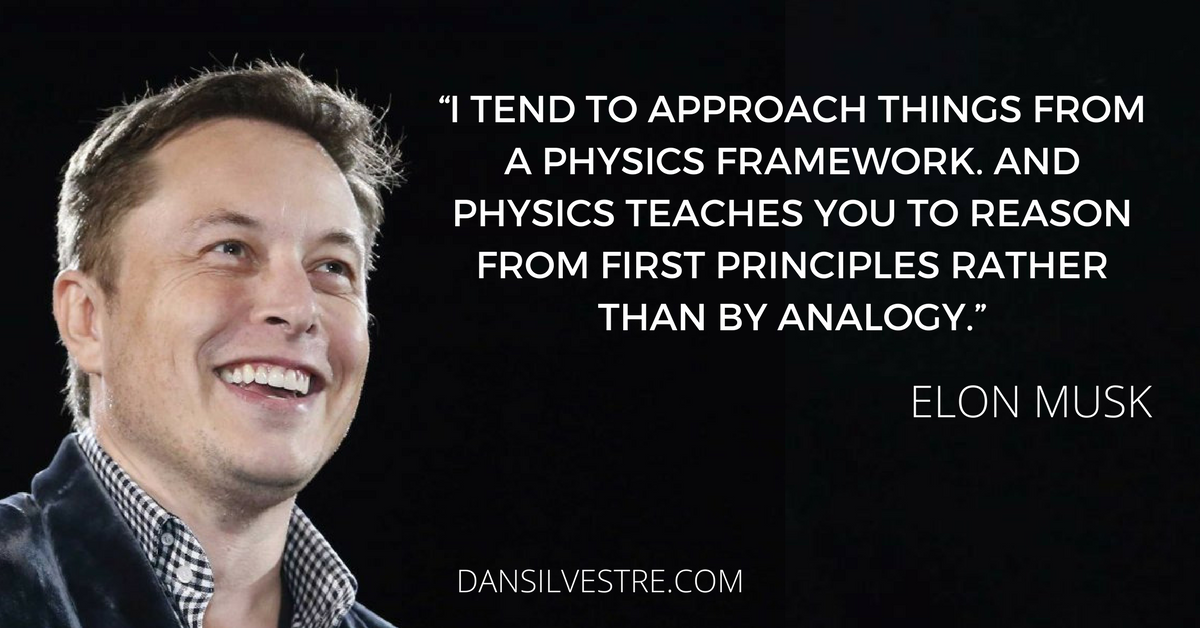
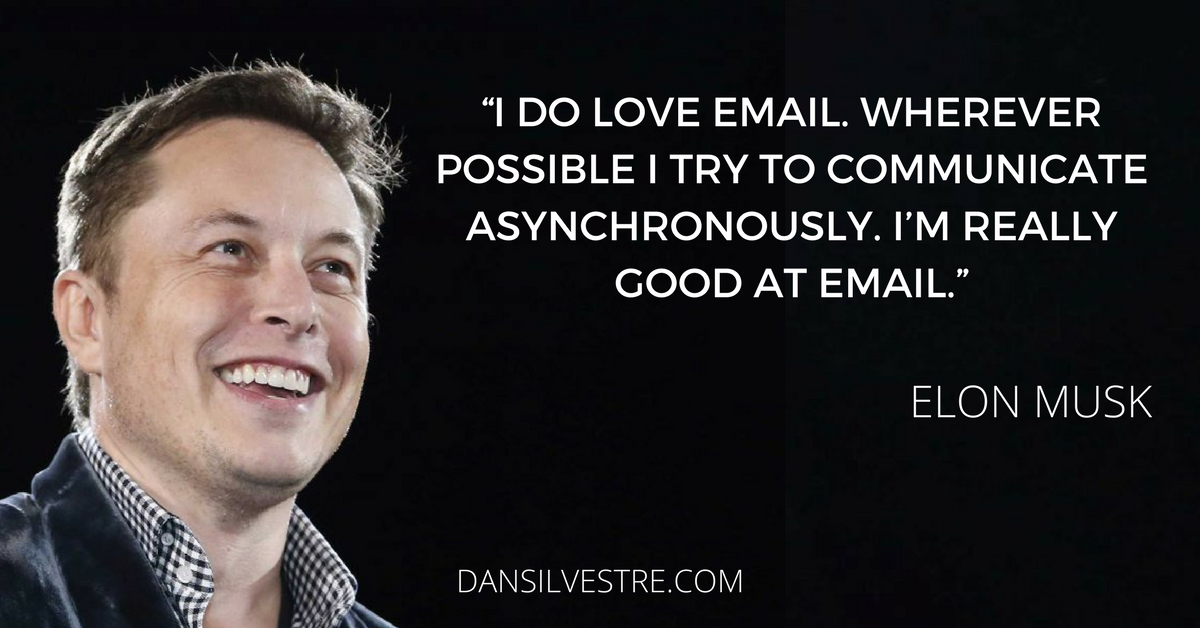
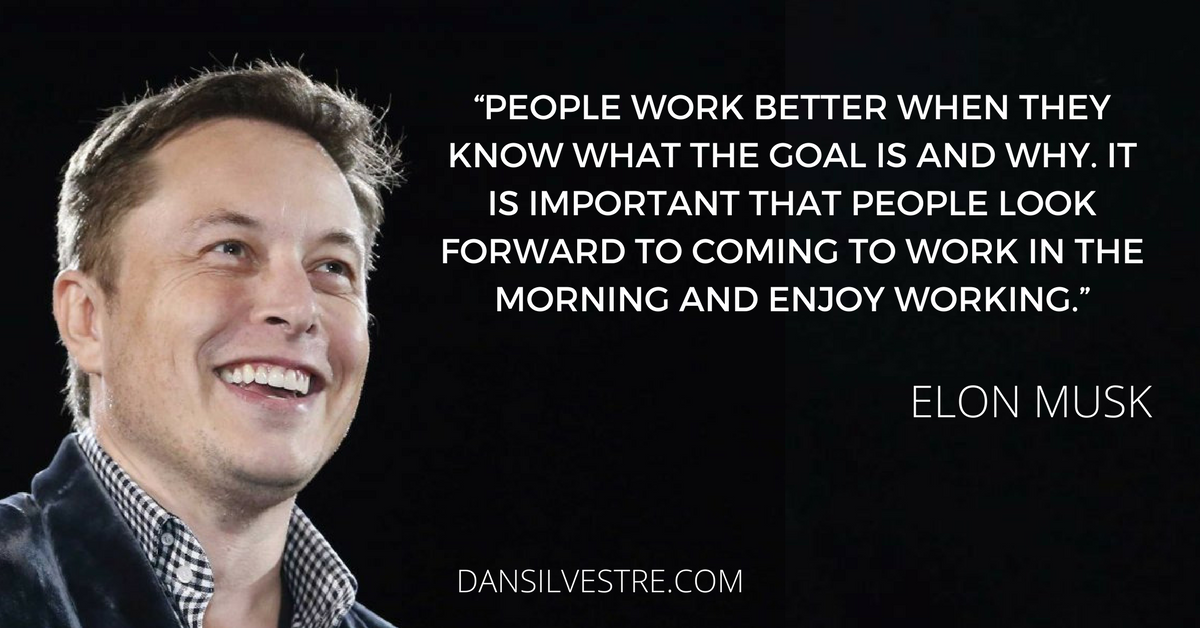
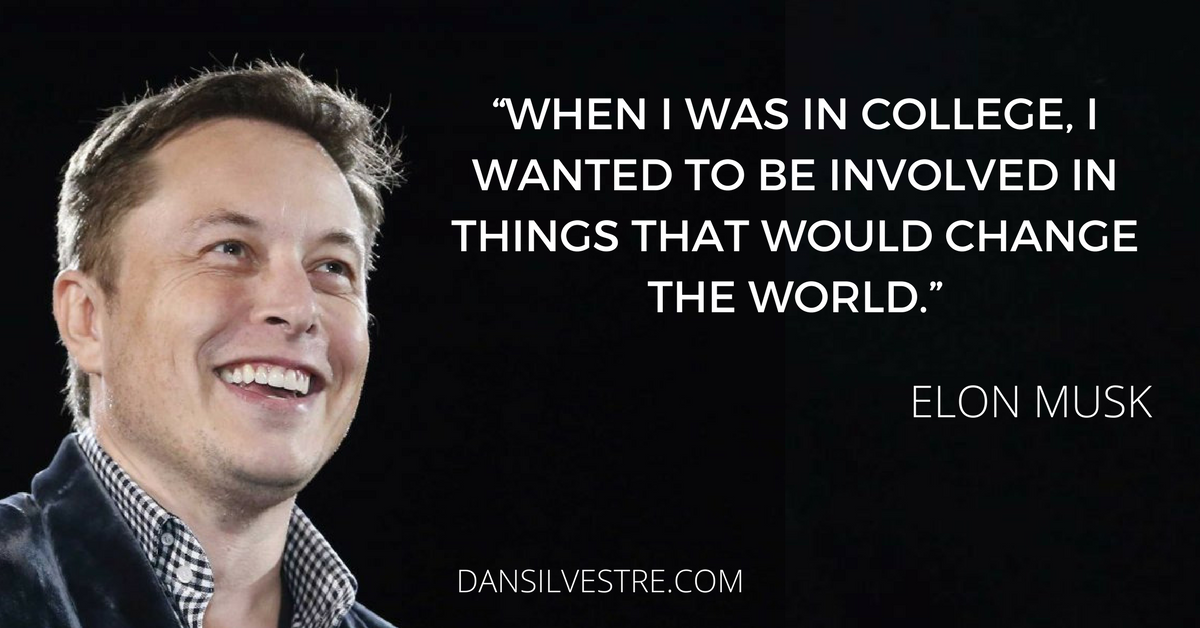
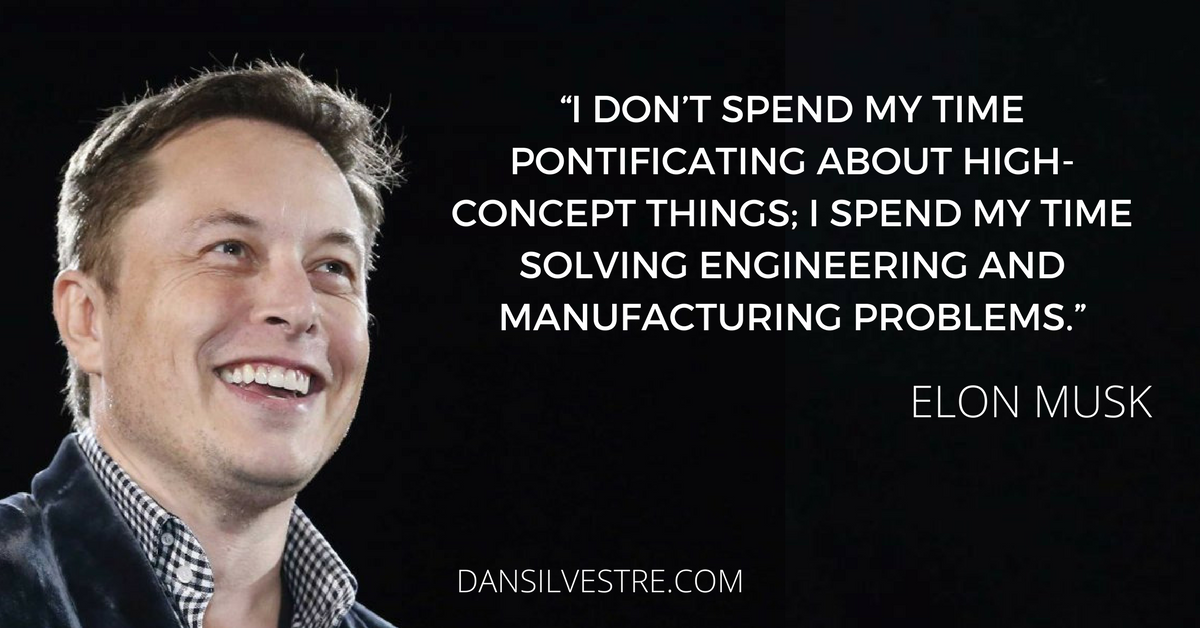
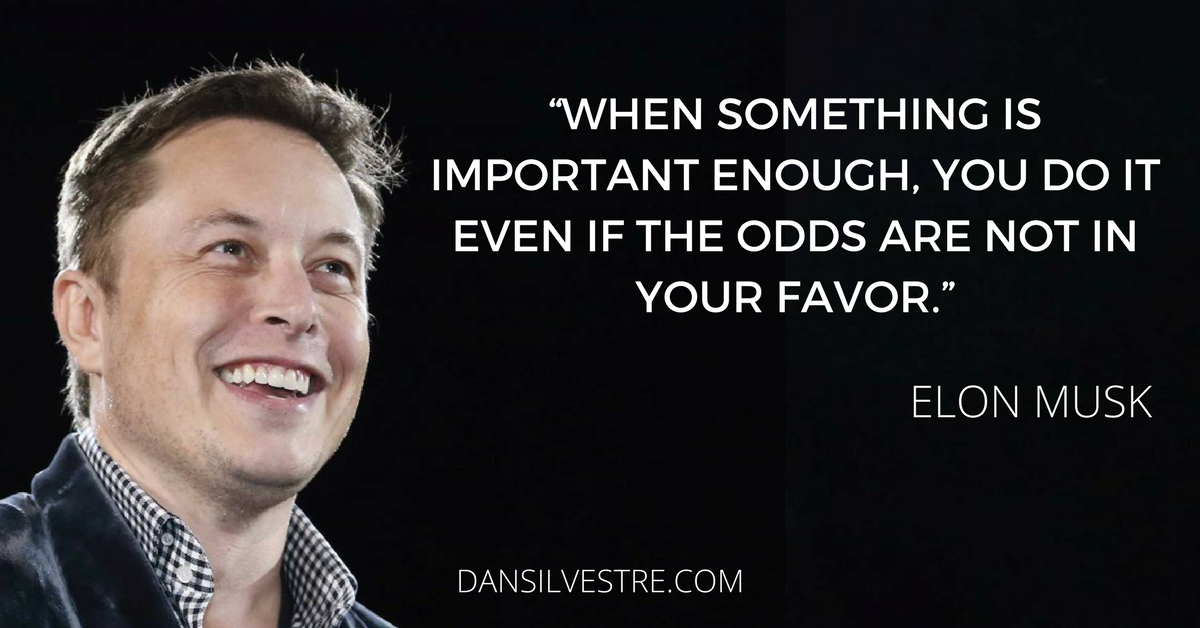
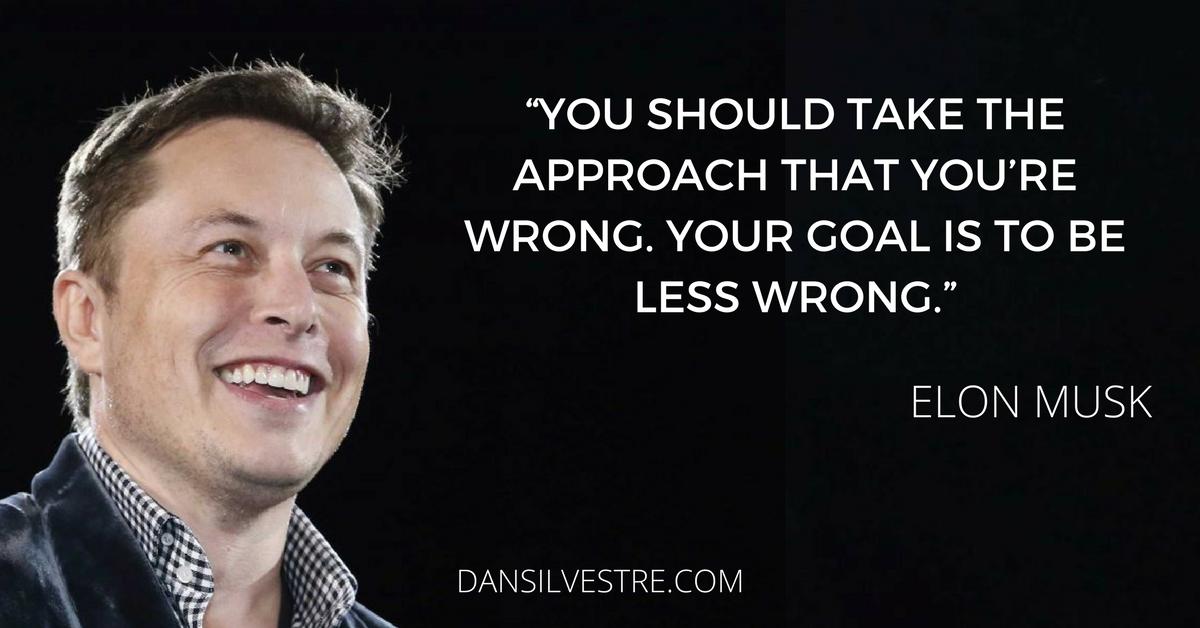
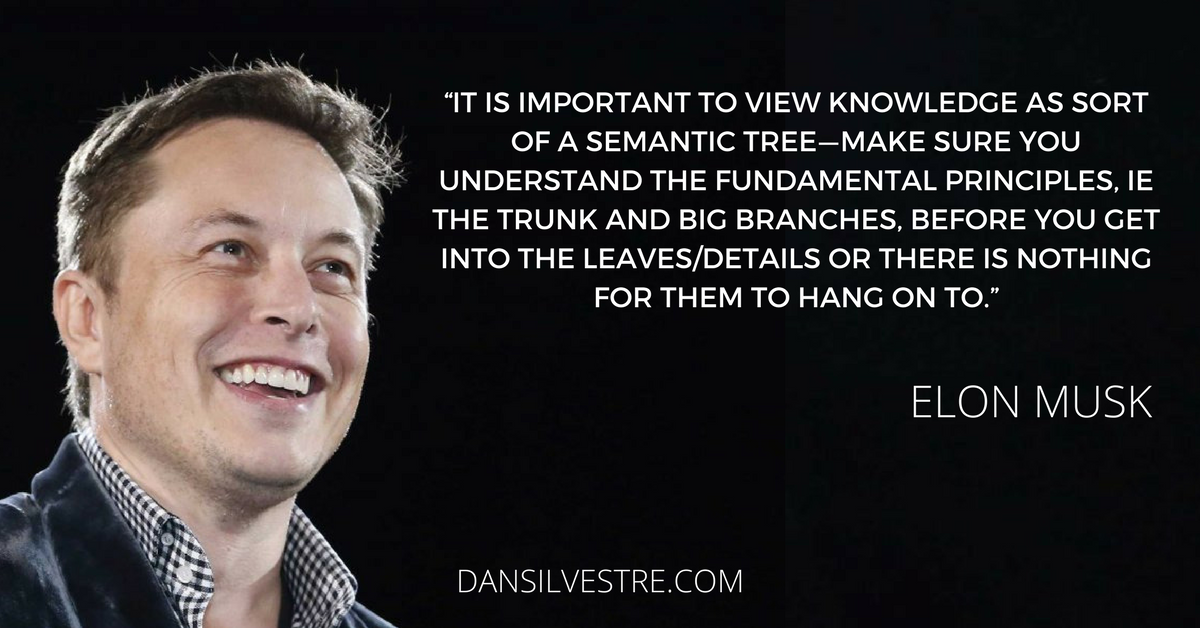
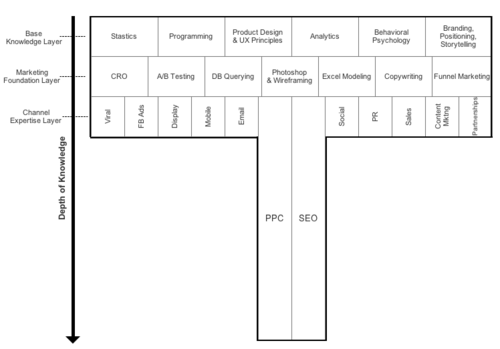




0 Response to "Top 10 Elon Musk Productivity Secrets for Insane Success"
Post a Comment